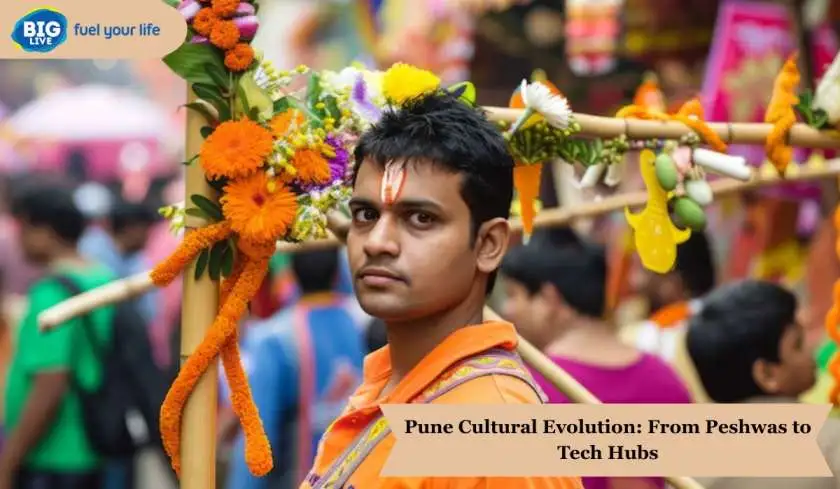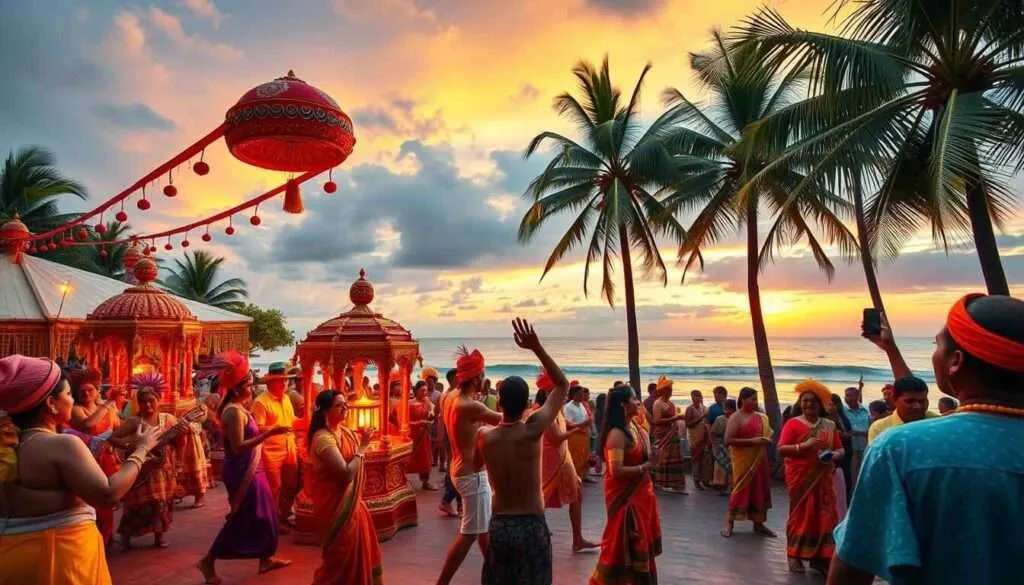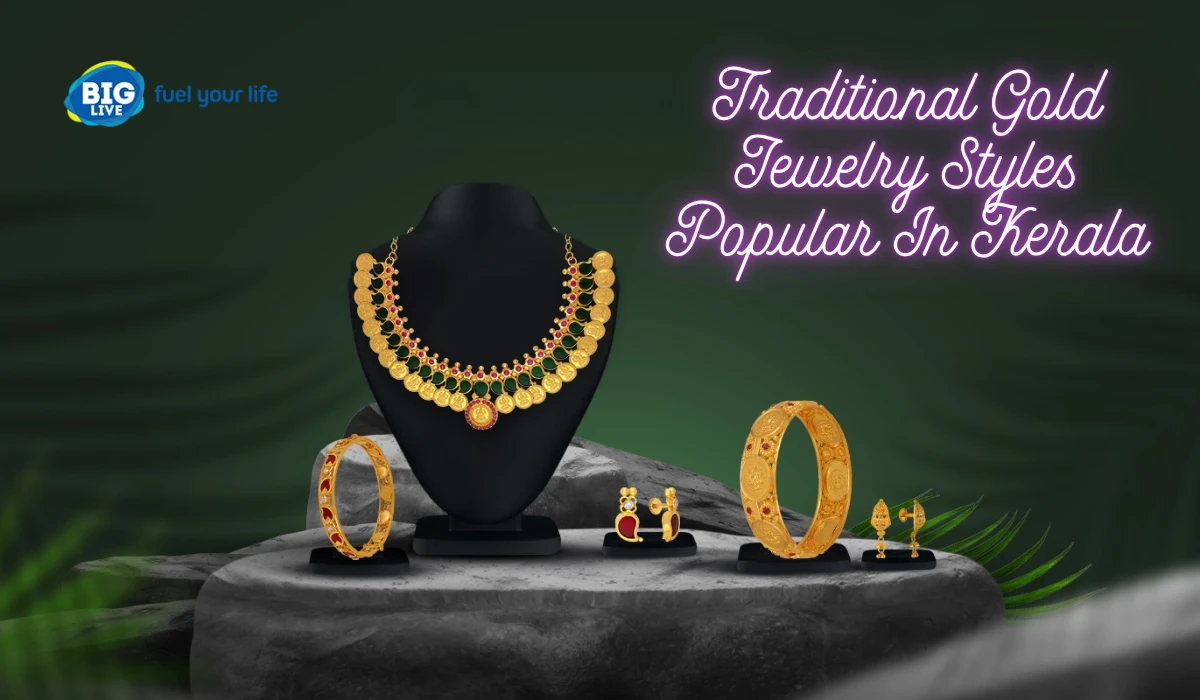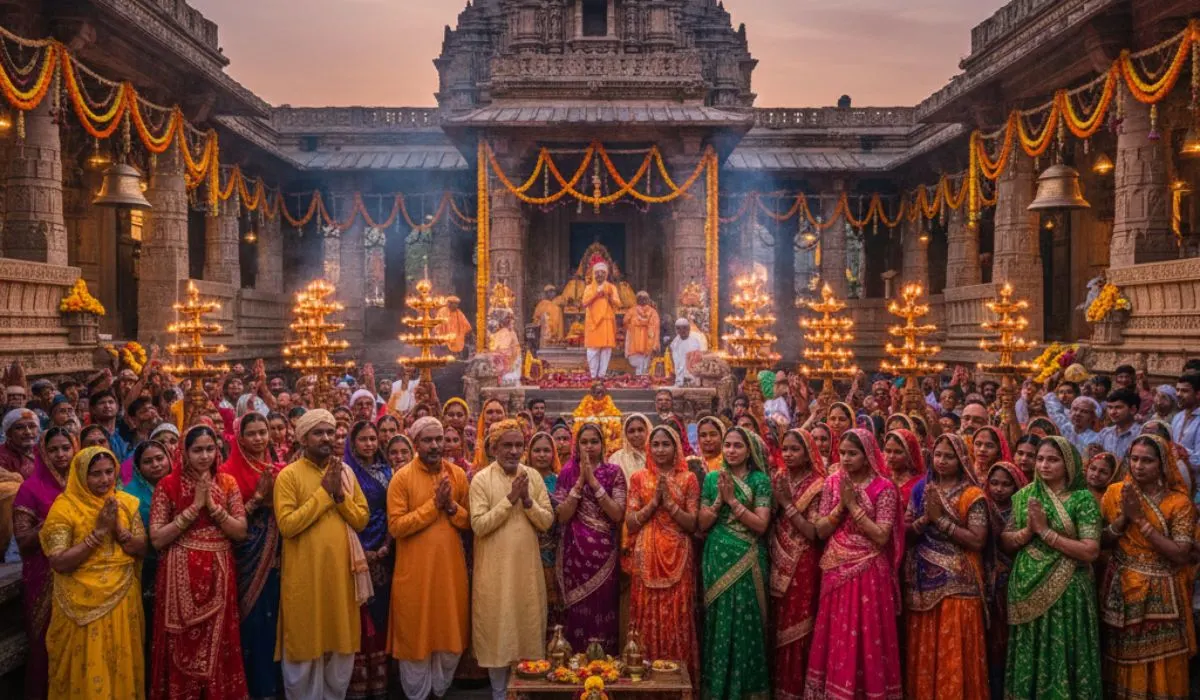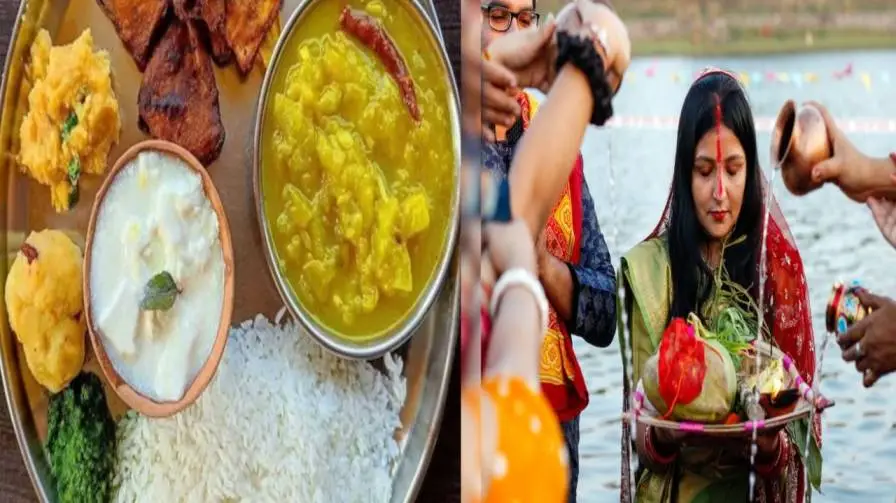Pune doesn’t shout. It doesn’t try to prove anything either. The city just is. Calm, thoughtful, a little stubborn maybe, but full of life in its own way. Walk its streets and you’ll see—a temple older than most buildings, a techie riding past on a scooter, a wada quietly watching from a corner, unchanged.
This isn’t just a city. It’s a place that holds time in layers. For a long time now, Pune has been changing—but slowly. From the war rooms of the Peshwas to cafes filled with laptop screens, the shift hasn’t been loud or dramatic. It’s been patient. Real. And through all this, it kept its voice. Let’s take a simple look—no filters—at how Pune has moved from tradition to tech, without ever really letting go of either.
1. The Peshwa Years: Walls That Remember
A few hundred years back, this city was where decisions were made—important ones. The Peshwas, who ran the Maratha Empire under the Chatrapati, made Pune their base. It wasn’t all battle cries though. These leaders built homes that felt like small kingdoms themselves—wadas with wooden beams, quiet courtyards, and carved windows.
Take Shaniwar Wada, for example. It’s part fort, part memory. People visit it now, take photos, read plaques. But if you pause, the stone has something more to say. About evenings filled with planning, about royal routines, maybe even heartbreak.
Walk through old lanes nearby—Kasba Peth, Sadashiv Peth—and that old world still lingers. The smell of wet stone after rain, the clank of someone closing a big wooden door—it’s all there. In those years, Pune got more than leadership. It got a style, a discipline. And that old structure? Still inside the city’s bones.
2. British Rule: Where Resistance Wore Spectacles
When the British took over, Pune didn’t just sit quietly. But it didn’t start a riot either. It opened schools. It printed newspapers. It wrote angry, clever, brilliant things. And people listened. This is where thinkers like Bal Gangadhar Tilak built something bigger than protests.
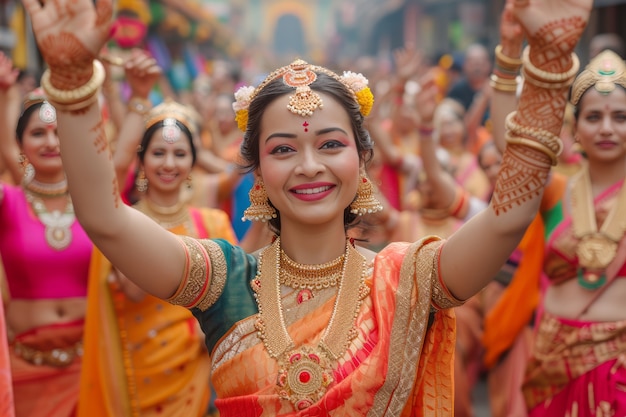
He created movements—through words, not weapons. Fergusson College wasn’t just a campus. It was a place where India’s future thinkers sat under trees and talked change. And Ganpati Festival? It wasn’t always so big. Tilak made it public, made it powerful. Religion turned into resistance—but smartly.
3. Culture Finds a Home: Songs, Scripts, Streets Full of Soul
By the mid-1900s, something shifted. Pune was still smart, still proud, but now it was emotional too. Theatres opened, and Marathi plays became family outings. You didn’t need a screen to feel something. A small stage and a powerful story were enough.
Music flowed, from harmoniums and tanpuras to dholaks during Ganpati. The Sawai Gandharva Festival became a kind of pilgrimage—for those who wanted music to mean more. People sat on mats, in silence, just listening.
For hours. And then, food. Yes, food. Spicy misal, sweet mango mastani, crispy bhakarwadi. Not luxury dishes, but comfort. Identity. You couldn’t really understand Pune until you ate like a local. Standing, sweating, smiling. Through all this, the city didn’t try to impress anyone. It just lived its culture, like wearing a soft cotton kurta—it fit, and it felt right.
4. The College Boom: Students, Cycles, and Sudden Freedom
Come the 1980s and 90s, Pune got younger. Not officially, but definitely in energy. New colleges popped up everywhere. From Symbiosis to MIT, from BMCC to Law College—every course, every field, every language found space here. The result? A city filled with youth.
Rented rooms, late-night chai stalls, group projects, weekend treks, and love stories written in spiral notebooks. Viman Nagar, FC Road, Karve Nagar—they all became student zones.
Where café menus changed every semester, and bookshops became escape routes. And here’s the magic—students came, they studied, but many stayed. The city didn’t push them out. It welcomed them. Gave them flats, jobs, even stories. In this crowd, Pune found something new motion. Not rushing. Just movement, soft and steady.
5. Now Streaming: Startups, Software, and Something Familiar
Then came the laptops. The codes. The startups with long names and short weekends. Hinjawadi rose like a quiet storm—offices, tech parks, cafes with Wi-Fi and weird lighting. Suddenly, Pune was on the tech map. Not like Bangalore—no big banners.

Just clean growth. People coding all night, then waking up early for yoga. New restaurants, coworking desks, delivery apps—all blending with old temples and classical music ads.
Even the Ganesh mandals joined in—digital donations, online updates, livestreamed aartis. The city didn’t erase the old. It just made space for the new. And the best part? Even now, you’ll find an engineer attending a poetry reading. Or a coder humming an old Kishore Kumar song at a red light. That balance—it’s real. And rare.
Final Thoughts
Pune doesn’t need to be the fastest. Or the loudest. It’s enough for the city to be what it has always been—a mix. Of brains and beats. Of past and present. Of argument and art. It’s not perfect. The traffic’s worse now. Construction never ends. But somehow, the soul hasn’t left.
You still find old men reading newspapers under banyan trees. You still hear dhols in small lanes. You still get that feeling—of a place that knows who it is, even if it’s still changing. And maybe that’s what makes Pune so different. It evolves without erasing. It remembers without clinging. It grows, not like a fire—but like a tree. Quiet, rooted, strong.



